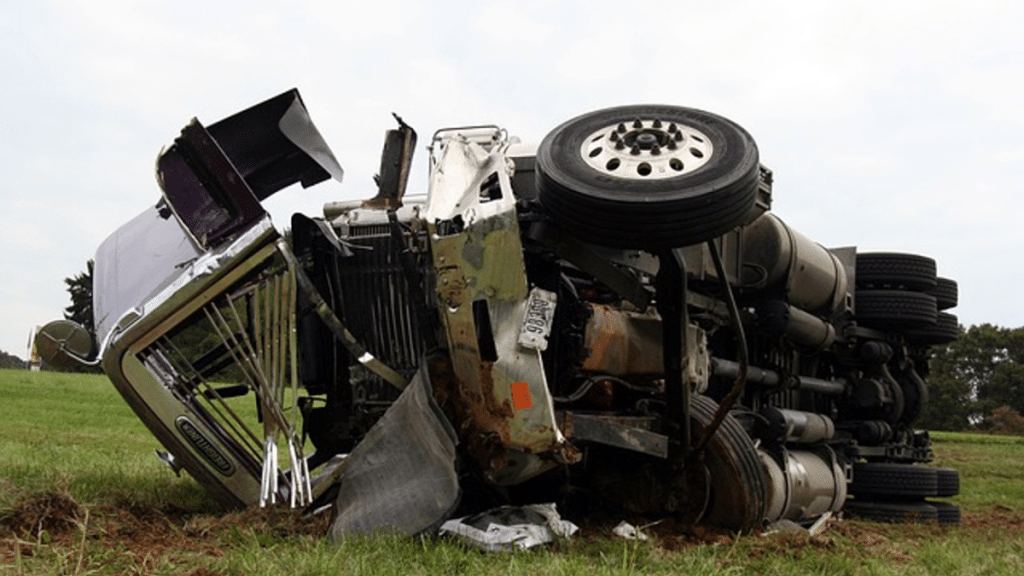Texas is a state where trucking companies are held to strict safety standards. The legal process around truck accidents can be intricate because these cases often involve large corporations, multiple parties, and lots of evidence.
When you go to court for your truck accident case in Texas, expect a lengthy, complex, and sometimes stressful process. The court process can seem overwhelming, especially if you’re unfamiliar with the legal system. If you’ve hired the best truck accident attorneys in Texas, they will fill you in and keep you updated every step of the way so you never feel lost or overwhelmed.
Nonetheless, here is what the procedure should look like:
Filing the Lawsuit
Once you’ve gathered all the evidence and information and your lawyer has assessed your case, the next step is filing a lawsuit. In Texas, truck accident lawsuits often involve multiple parties. This could include:
- The truck driver who caused the accident.
- The trucking company that employed the driver.
- Any third party responsible for the accident, like a maintenance company or another driver.
When your lawyer files the lawsuit, they’ll outline all the details of your claim. This is when the legal process officially begins. The defendant (the party being sued) will now know that they need to respond.
Discovery
Once the lawsuit is filed, both sides (your side and the defendant’s side) begin exchanging information. This phase is called discovery, and this is where all the facts are laid on the table.
Both parties will provide preliminary documents and details about the case. This might include medical records, accident reports, and other relevant documents.
There would be interrogatories exchanged between the parties. These are written questions, and the answers are given under oath. These questions can help clarify key facts and details about the case.
Also, you might be asked to provide documents such as repair estimates for your vehicle, medical records, or any other paperwork related to the accident and your injuries.
There would also be depositions, which are face-to-face, sworn statements where both sides ask each other questions. It’s essentially a chance for both sides to get the facts from witnesses and parties involved in the case.
Pre-Trial Motions and Settlement Negotiations/Mediation
Before the case goes to trial, both sides have a chance to file motions, which are requests to the judge for specific actions or rulings. For example, your lawyer might file a motion to exclude certain pieces of evidence or speed up the trial process.
This stage also includes settlement negotiations, where both sides try to reach an agreement without going to trial.
Sometimes a neutral mediator helps facilitate these discussions. You might get an offer to settle the case, but it’s important to weigh the pros and cons. Accepting a settlement can be quicker than going to trial, but it might not always fully cover all your damages.
The Trial
When it’s finally time for the trial, you and your lawyer will face the defense. Both lawyers will present their opening arguments. This is where they outline their case to the jury and explain what evidence will prove their claims.
You and other witnesses will take the stand to share your side of the story. Your lawyer will help you explain how the accident happened and the impact it’s had on your life.
After the witnesses testify, the opposing side will get a chance to question them. They may try to discredit your testimony or poke holes in your side of the story.
After all the evidence is presented, both sides will give their closing arguments. This is where they sum up their case and try to persuade the jury to side with them.
The jury will then deliberate in private, discussing all the evidence and making their decision on who’s at fault and how much compensation is deserved.
Once the jury has deliberated, they will present their verdict to the judge. They will decide who’s responsible for the accident (liability) and how much compensation you should receive for your injuries and damages.
Post-Trial Proceedings
After the trial, there are a few final steps to make sure everything is wrapped up. The judge will enter a judgment based on the jury’s decision, and if the defendant doesn’t pay voluntarily, there may be a process to enforce the judgment.
If you’re awarded compensation, the insurance company or the defendant will be required to pay it, but there could be additional negotiations if the amount is contested.
